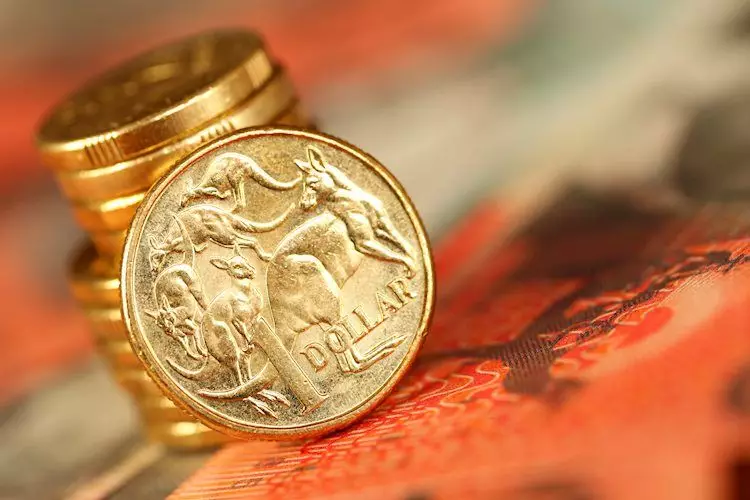The AUD/USD pair recently experienced a drop, moving down to 0.6950 due to a recovery in the USD. This adjustment comes after a strong uptrend that saw the pair gaining around 2% in previous sessions. The narrative of monetary policy divergence between the Federal Reserve (Fed) and the Reserve Bank of Australia (RBA) has been a significant driver for the exchange rate movement.
The Fed’s contemplation of a less assertive approach towards interest rates and the RBA’s hawkish stance, supported by high inflation, have kept the Aussie ahead of the Greenback. However, the USD staged a recovery ahead of Jerome Powell’s speech at the Jackson Hole Symposium. Despite strong Australian PMIs pointing to a positive economic outlook, markets are anticipating minimal easing for the Aussie for the coming years, maintaining a strong position for the currency.
Preliminary August PMIs from Australia have shown a robust picture of the economy, with manufacturing, services, and the composite sectors all displaying growth compared to July. This positive development supports the RBA’s hawkish policy stance. However, the path of the AUD/USD pair will continue to be influenced by incoming data from both countries.
Market sentiment and economic indicators such as labor market data and S&P PMIs will play a crucial role in determining the future direction of the AUD/USD exchange rate. The announcement of a potential interest rate cut by the Fed in September is also a key factor that will impact market dynamics.
Technical analysis suggests that the AUD/USD pair has been on an upward trajectory, with significant volume supporting this trend. The RSI indicator points towards a bullish sentiment, while the MACD indicator aligns with this bullish tone. The pair has consolidated above the 0.6700 support level, indicating a significant area for the currency.
The immediate critical resistance for the AUD/USD pair lies around the recent high of 0.6760-0.6800. Factors such as interest rates set by the RBA, the price of Iron Ore, the health of the Chinese economy, inflation rate, growth rate, and Trade Balance will continue to influence the value of the Australian Dollar.
The level of interest rates set by the RBA, the price of Iron Ore, and the health of the Chinese economy are significant drivers for the Australian Dollar. The RBA influences the AUD by adjusting interest rates to maintain a stable inflation rate. High interest rates compared to other major central banks support the AUD, while the opposite holds for relatively low interest rates.
The health of the Chinese economy plays a crucial role in demand for Australian exports, impacting the value of the AUD. Positive or negative surprises in Chinese growth data can directly influence the Australian Dollar. Additionally, the price of Iron Ore, Australia’s largest export, has a significant impact on the currency. Positive Iron Ore prices tend to strengthen the AUD, as does a positive Trade Balance for Australia.
The AUD/USD exchange rate is influenced by a combination of market dynamics, economic data, technical analysis, and key drivers of the Australian Dollar. The interplay of these factors will continue to shape the future movement of the currency pair in the global foreign exchange market.

